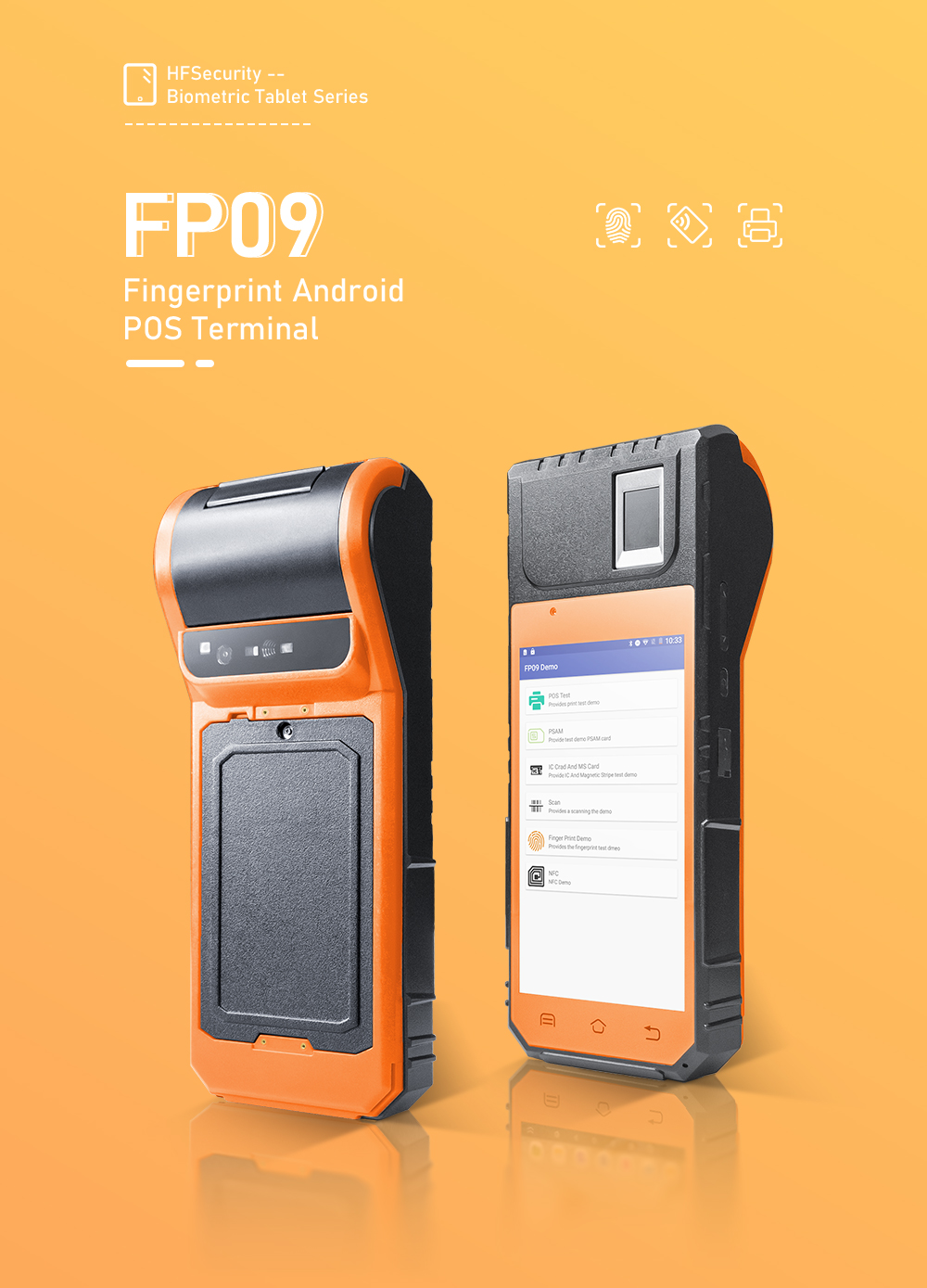Biometric payments refer to a technology-driven payment method that uses an individual’s unique biological characteristics, such as fingerprints, facial recognition, or voice recognition, to authorize and verify secure transactions. This form of payment offers additional security and convenience compared to traditional payment methods like cards or cash, as it eliminates the need to remember passwords or PINs. Biometric payments leverage advanced biometric sensors and software to match an individual’s biological features with the stored data to confirm their identity and approve the transaction.

Biometric payments offer several benefits for both consumers and businesses, including:
1. Enhanced Security: Biometric data, such as fingerprints or face recognition, are unique to each individual, making it much more difficult for fraudsters to replicate or steal. This helps in reducing fraud and improving overall security for financial transactions.
2. Speed and Convenience: Biometric payments provide a faster, more seamless payment experience for consumers, as they do not require the input of PINs or signatures. With a simple fingerprint scan, face recognition, or other biometric methods, customers can complete transactions swiftly.
3. Improved Customer Experience: By streamlining the payment process and offering a novel and efficient way to pay, biometric payments can improve the overall customer experience, making it more enjoyable and engaging.
4. Lower Risk of Lost or Stolen Cards: Since biometric payments do not rely on physical cards, the risk of lost or stolen cards is significantly reduced. This helps in lowering the chances of unauthorized transactions or fraudulent activities.
5. More Accurate Identity Verification: Biometric data provides a reliable and accurate means of verifying an individual’s identity, which can be critical in preventing identity theft or other potential abuses of personal information.
6. Reduction in Human Error: By eliminating the need for PINs or passwords, biometric payments reduce the likelihood of human error, such as forgetting passwords or accidentally sharing them with others.
7. Enhanced Data Collection: Biometric payments can gather valuable data on consumer behavior and preferences, helping businesses gain better insights into their customers and improve their products and services accordingly.
8. Cross-Platform Compatibility: Biometric payment systems can be integrated across various platforms, including smartphones, wearable devices, and point-of-sale terminals. This compatibility allows businesses to cater to a broad range of customers with diverse preferences.
9. More Inclusive: Biometric payments can be more inclusive for individuals with disabilities or those who have trouble remembering complex passwords or PINs.
10. Potential for Integration with Other Services: Biometric payment systems can potentially be integrated with other services, such as loyalty programs, personalized marketing, and digital identification solutions, creating a more interconnected and efficient ecosystem for consumers and businesses alike.

HFSECURITY Biometric POS Device FP09


